Diptera.info :: Identification queries :: Diptera (adults)
|
Chironomidae Procladius
|
|
| blowave |
Posted on 14-04-2011 01:44
|
|
Member Location: LINCOLN, UK Posts: 3151 Joined: 27.06.07 |
Hi, I found one which looked like this on bugguide. It was inside on my door in the early hours of 9th April, I leave the outside light on for moths. Small, ~4.5mm. Near Lincoln UK. Janet 
blowave attached the following image:  [60.81Kb] Edited by blowave on 08-06-2011 14:27 http://cubits.org... |
| blowave |
Posted on 14-04-2011 01:44
|
|
Member Location: LINCOLN, UK Posts: 3151 Joined: 27.06.07 |
pic 2
blowave attached the following image: 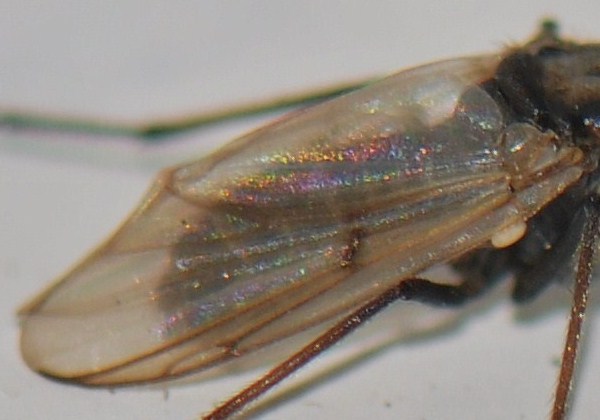 [63.98Kb] http://cubits.org... |
| blowave |
Posted on 14-04-2011 01:45
|
|
Member Location: LINCOLN, UK Posts: 3151 Joined: 27.06.07 |
pic 3
blowave attached the following image:  [53.79Kb] http://cubits.org... |
| John Carr |
Posted on 14-04-2011 02:15
|
|
Super Administrator Location: Colorado, USA Posts: 10541 Joined: 22.10.10 |
It is a Procladius female, probably subgenus Psiloptanypus. You have at least two species of that subgenus and I don't know how to distinguish them. |
| blowave |
Posted on 14-04-2011 02:43
|
|
Member Location: LINCOLN, UK Posts: 3151 Joined: 27.06.07 |
Thank you John, in that subgenus we have: Procladius flavifrons Procladius lugens Procladius rufovittatus Doing a bit of guess work, I would think 'flavifrons' has a yellowish frons and 'rufovittatus' has a reddish band somewhere. That leaves P. lugens!  Someone else might be able to say more.. Someone else might be able to say more..Distribution might also be a clue, although I have flies which have no or few records anywhere near me. http://data.nbn.o...0100004876 The closest is P. rufovittatus but that means nothing as I have a fly with only a record or two on the south and south east coasts. http://data.nbn.o...0100004878 P. lugens hasn't got a distribution map.. http://data.nbn.o...search.jsp http://cubits.org... |
| John Carr |
Posted on 07-06-2011 02:59
|
|
Super Administrator Location: Colorado, USA Posts: 10541 Joined: 22.10.10 |
According to Langton and Pinder 2007, the only species of Procladius in the British Isles with bare wing and light ground color of thorax is P. rufovittatus. The other two Psilotanypus have a black thorax, and Procladius s. str. has hairy wings and based on American examples never has so much contrast on the thorax. I am assuming that thorax color and wing hair are valid for females as well as males; in America the characters would work.equally well for both sexes. |
| blowave |
Posted on 07-06-2011 13:26
|
|
Member Location: LINCOLN, UK Posts: 3151 Joined: 27.06.07 |
Thanks for following this up John! That sounds positive, maybe I can put this in the gallery with a link to this thread.
http://cubits.org... |
| empeejay |
Posted on 08-06-2011 13:45
|
|
Member Location: Posts: 234 Joined: 15.05.06 |
I would be very wary of attaching a positive id to this one. Psilotanypus females should have 13-segmented antennae, yours appears to be 14-segmented. P. rufovittatus should be much paler than this with the legs and scutum extensively light yellow. It's also smaller than the size you've given above. I would look out for a corresponding male and try to get a picture of the tip of the abdomen to show the gonostylus, which should be quite distinctive. In the meantime, using Coe's very out-of date key to the British species, it appears to agree most with P. simplicistylus. That's based on the number of antennal segments, large size and apparent lack of a dark shade across the outer part of the wing. Coe (in 1950!) gives the only county as Lancs and the flight period as May. |
|
|
|
| blowave |
Posted on 08-06-2011 14:05
|
|
Member Location: LINCOLN, UK Posts: 3151 Joined: 27.06.07 |
Thanks empeejay, I think I had better contact Paul as it seemed postive and I submitted a photo for the gallery.  I note you have said Psilotanypus, how does that relate to Procladius? I found the answer, it's the subgenus which includes Procladius. Edited by blowave on 08-06-2011 14:11 http://cubits.org... |
| blowave |
Posted on 08-06-2011 15:05
|
|
Member Location: LINCOLN, UK Posts: 3151 Joined: 27.06.07 |
To clarify the situation, as I was thinking Procladius simplicistylus wasn't now listed here, it is listed under the subgenus Holotanypus. http://www.dipter...hp?id=7099 I agree that mine has 14 antennal segments. http://cubits.org... |
| John Carr |
Posted on 09-06-2011 03:16
|
|
Super Administrator Location: Colorado, USA Posts: 10541 Joined: 22.10.10 |
When I said Procladius s. str. earlier I meant Procladius (Holotanypus). I was using the old name for the subgenus (split by Roback 1982, if I recall correctly). The North American Holotanypus, which includes some holarctic species, are dull gray with very slight contrast. 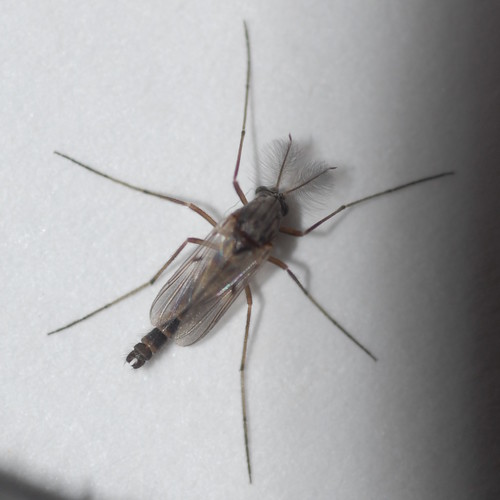 The common species of Psilotanypus is highly variable in color from yellow to black. The number of flagellomeres of the female is variable in some American species. Edited by John Carr on 09-06-2011 03:17 |
| blowave |
Posted on 09-06-2011 13:09
|
|
Member Location: LINCOLN, UK Posts: 3151 Joined: 27.06.07 |
Thanks for the clarification John.. the plot thickens. 
http://cubits.org... |
| empeejay |
Posted on 10-06-2011 14:23
|
|
Member Location: Posts: 234 Joined: 15.05.06 |
I'm adding some pictures of a male Procladius choreus and associated female that I took yesterday for comparison.
empeejay attached the following image: 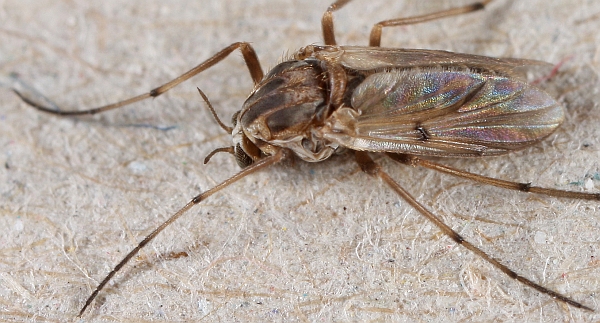 [179.36Kb] |
|
|
|
| empeejay |
Posted on 10-06-2011 14:25
|
|
Member Location: Posts: 234 Joined: 15.05.06 |
Male
empeejay attached the following image: 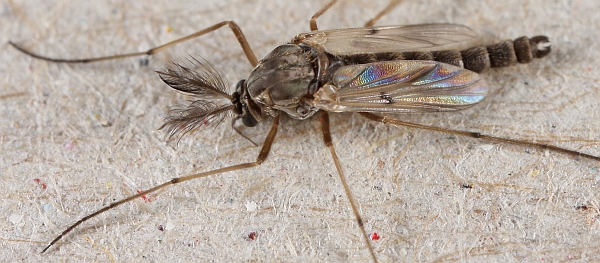 [170.03Kb] |
|
|
|
| empeejay |
Posted on 10-06-2011 14:26
|
|
Member Location: Posts: 234 Joined: 15.05.06 |
Female
empeejay attached the following image: 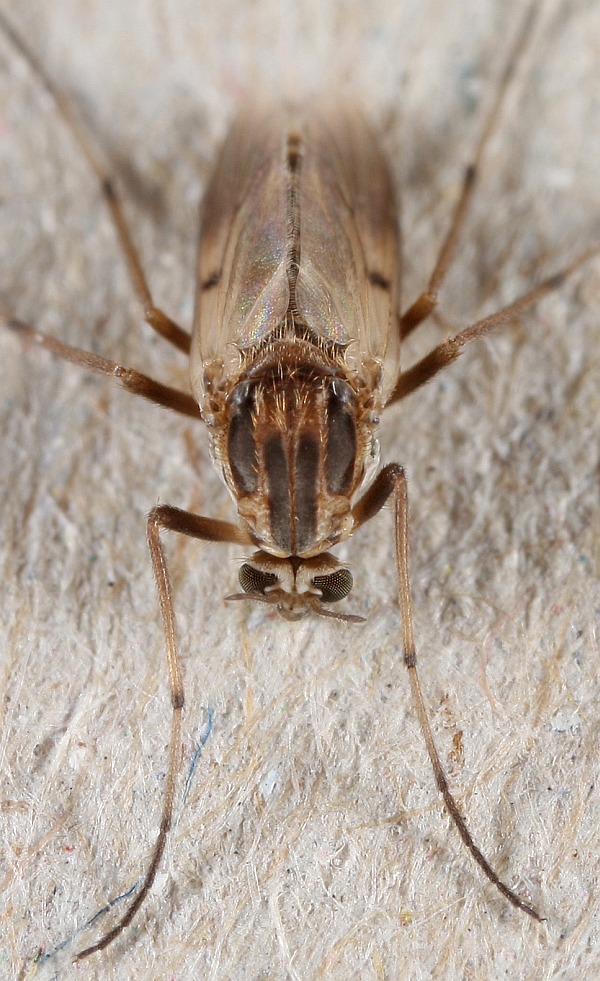 [188.42Kb] |
|
|
|
| empeejay |
Posted on 10-06-2011 14:27
|
|
Member Location: Posts: 234 Joined: 15.05.06 |
Male
empeejay attached the following image: 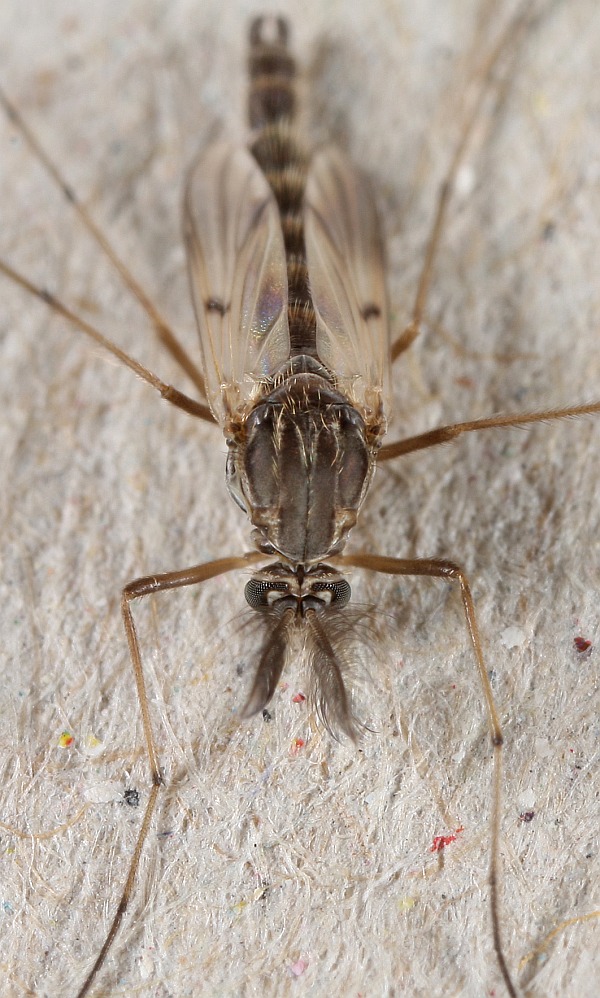 [184.92Kb] |
|
|
|
| blowave |
Posted on 10-06-2011 15:17
|
|
Member Location: LINCOLN, UK Posts: 3151 Joined: 27.06.07 |
Thanks empeejay, now I will have a good idea what the male looks like if I find one. I searched through all my last three years photos but didn't find one like it. It was fortunate that you got both! Where are you located? http://cubits.org... |
| empeejay |
Posted on 12-06-2011 11:57
|
|
Member Location: Posts: 234 Joined: 15.05.06 |
These specimens were taken in Norfolk but very close to the border with Suffolk. They were in alder carr and are fairly numerous at the moment. I've taken P. rufovittatus at the same locality, so I'll add pictures of that if I find one. So far I've found 6 of the 9 British Procladius locally. blowave wrote: Thanks empeejay, now I will have a good idea what the male looks like if I find one. I searched through all my last three years photos but didn't find one like it. It was fortunate that you got both! Where are you located? |
|
|
|
| blowave |
Posted on 12-06-2011 19:49
|
|
Member Location: LINCOLN, UK Posts: 3151 Joined: 27.06.07 |
empeejay wrote: These specimens were taken in Norfolk but very close to the border with Suffolk. They were in alder carr and are fairly numerous at the moment. I've taken P. rufovittatus at the same locality, so I'll add pictures of that if I find one. So far I've found 6 of the 9 British Procladius locally. Please do post pics if you find one, this thread would then be a good resource for Procladius and even better if you could add more species. 
http://cubits.org... |
| Jump to Forum: |













